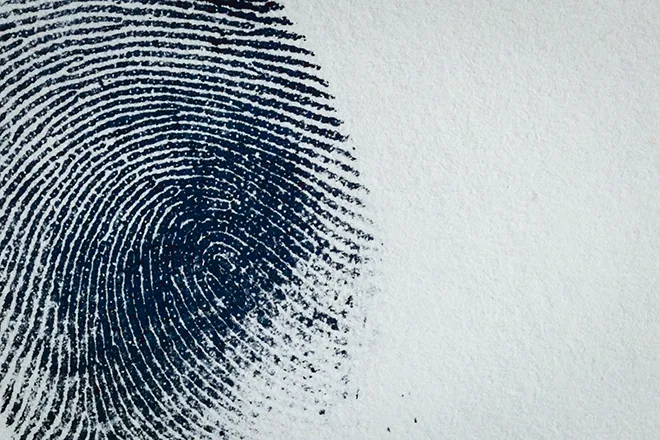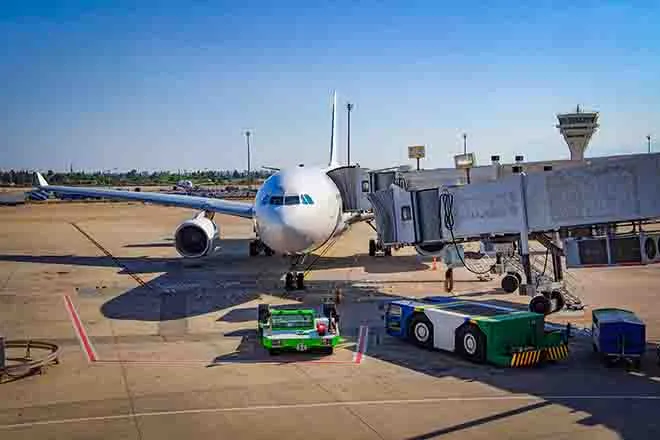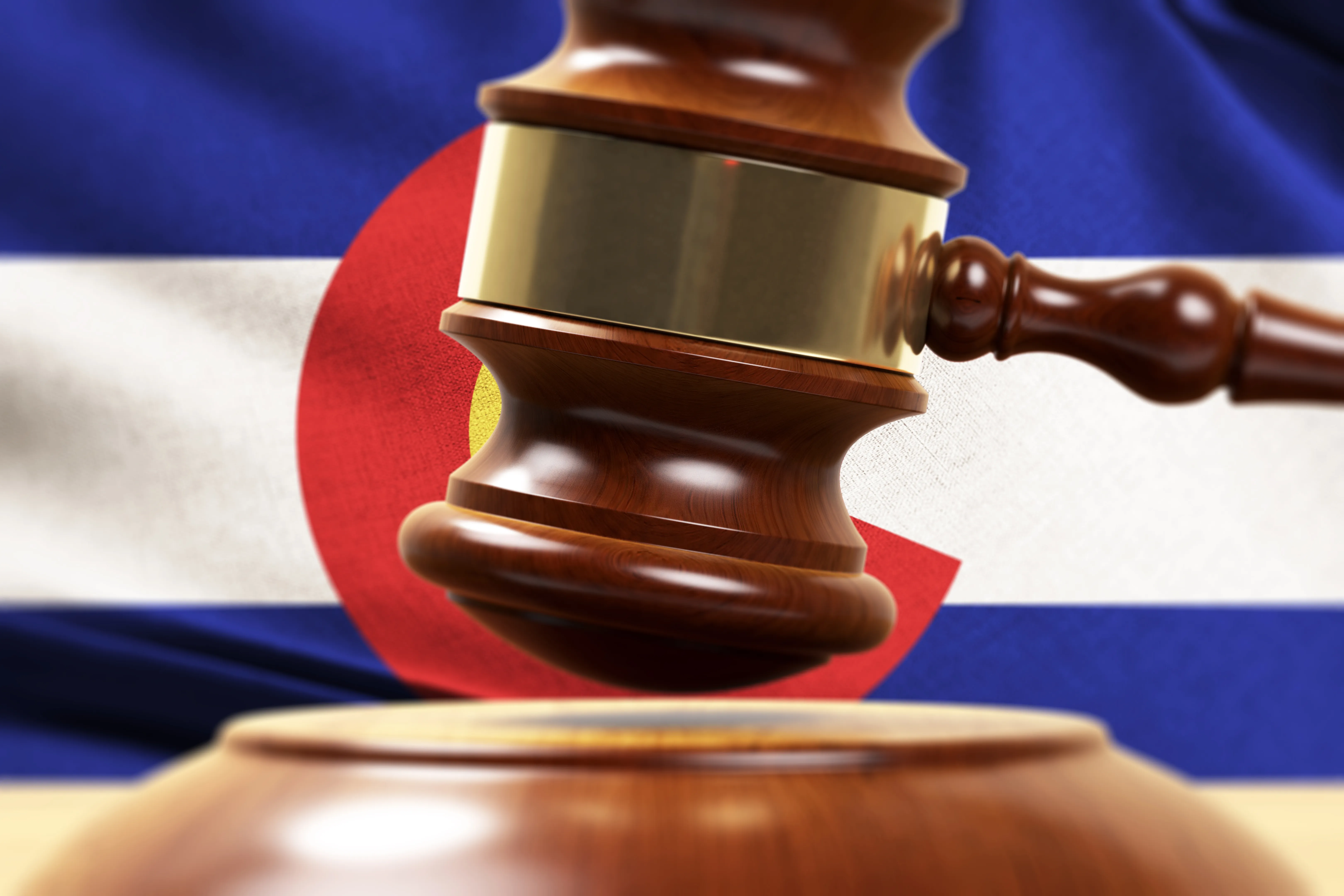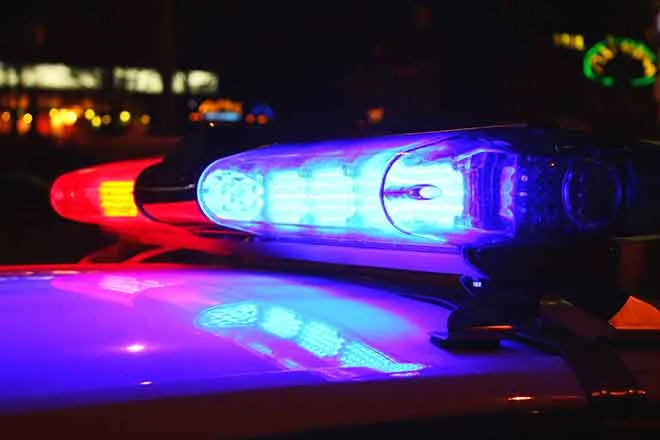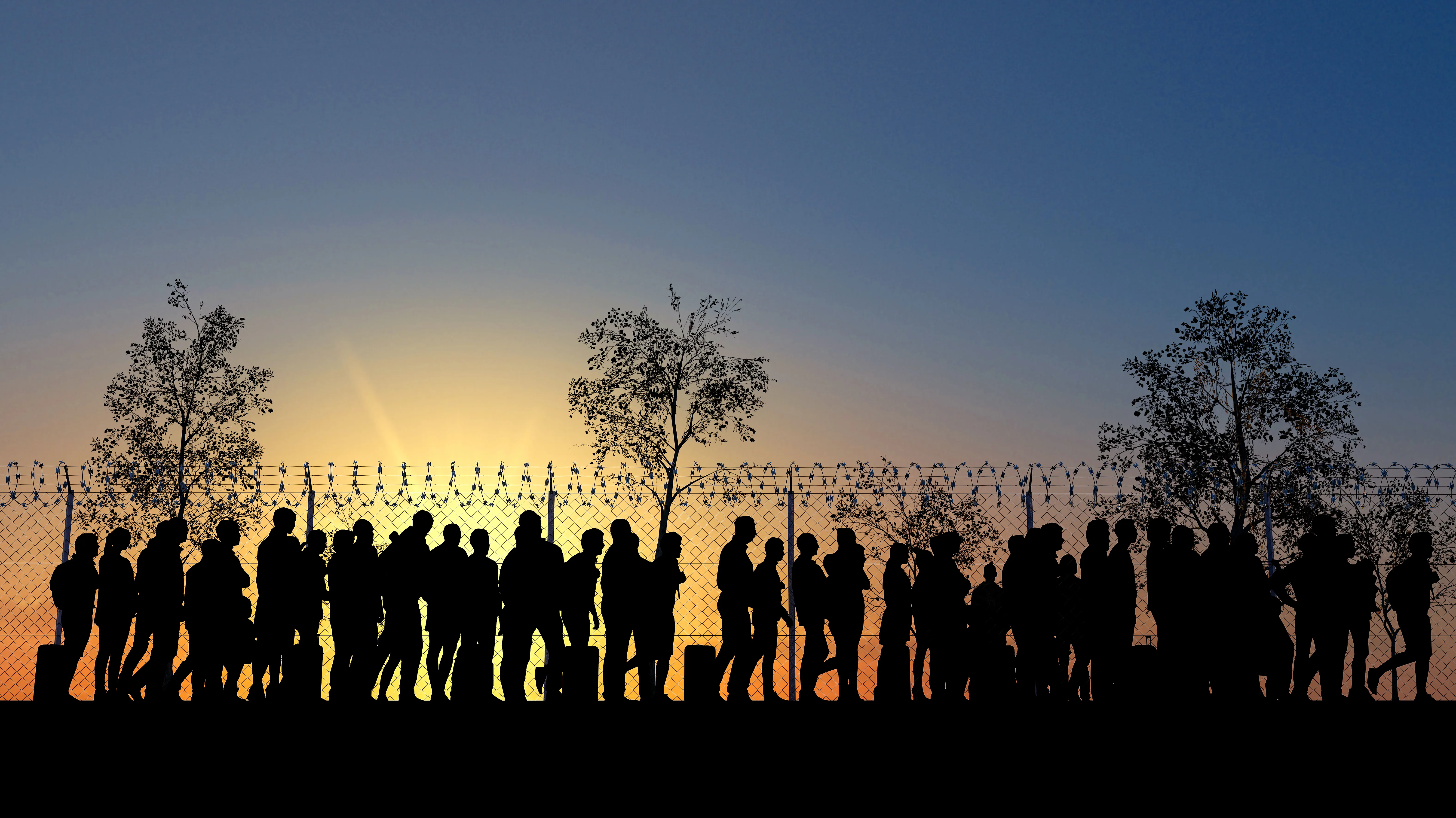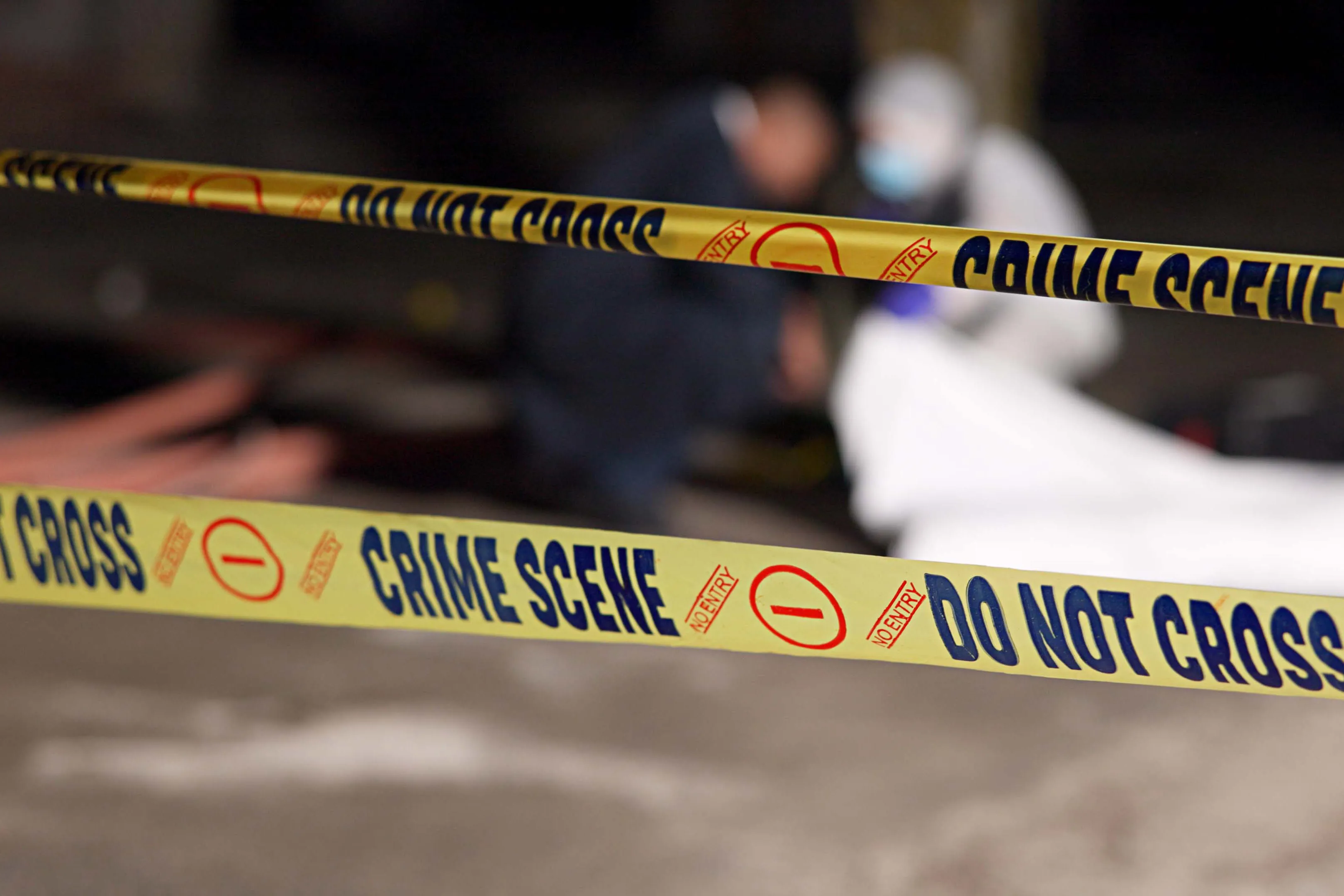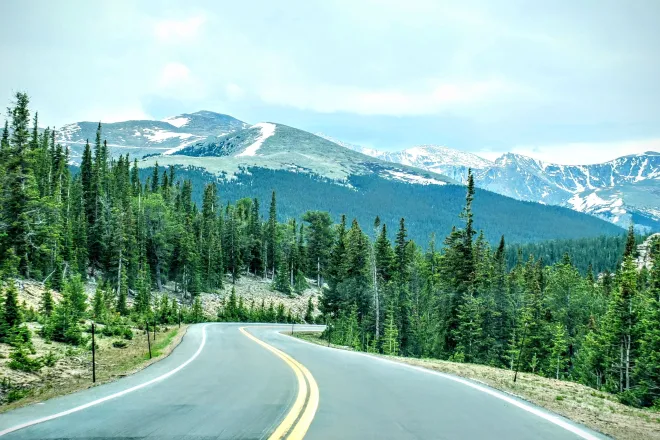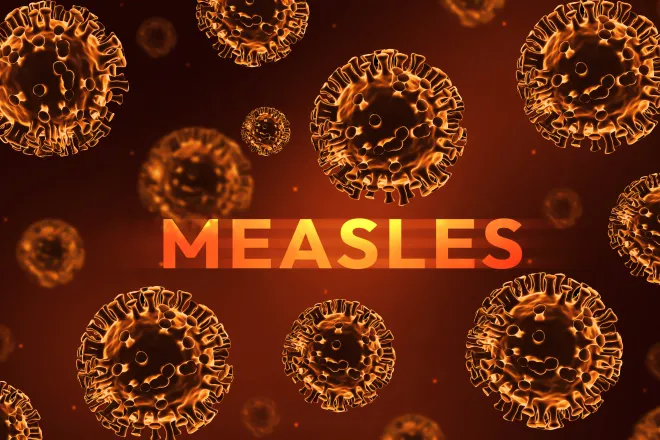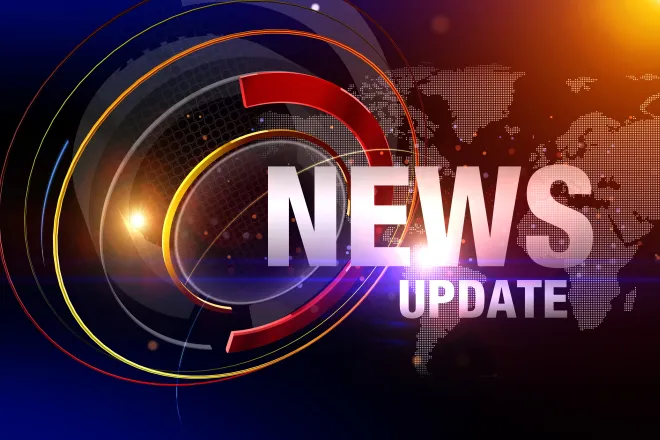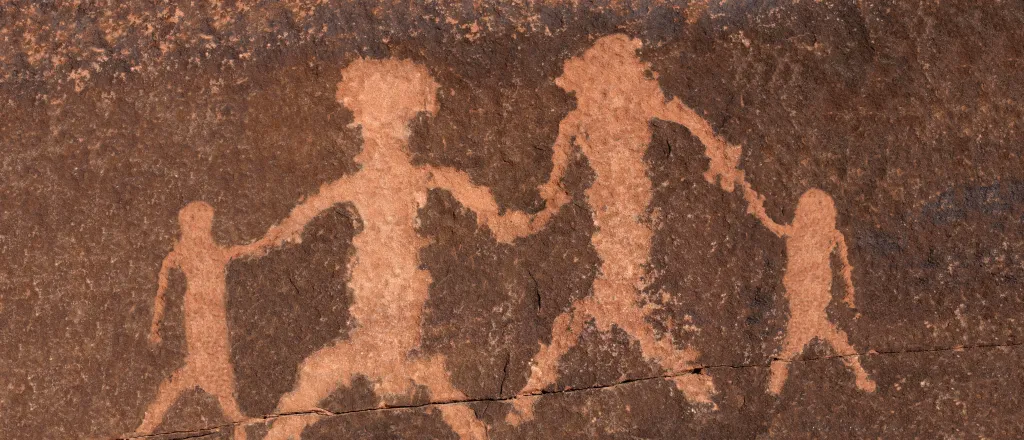
State portal for missing Indigenous people needs work, New Mexico families say
(Source New Mexico)
This story was originally published by New Mexico In Depth. It is republished here with permission.
There are 194 Indigenous people listed as missing from New Mexico and the Navajo Nation in an online portal run by the New Mexico Department of Justice. The portal provides “a comprehensive database for reporting and searching” cases, the homepage reads.
But click on any of the individual names and, for the most part, all you’ll find is age, sex, and the law enforcement agency the person was reported missing to. There are no photos attached to any of the entries.
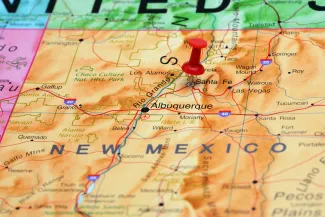
“How are you going to help us look for them?” Darlene Gomez, an attorney who represents affected families, asked members of the department’s Missing and Murdered Indigenous Peoples Task Force on Friday. “How can the community look for these people when they don’t have pictures? This is a shame.”
The department has been working to gain access to federal information systems, communications director Lauren Rodriguez said in an email to New Mexico In Depth, a process that should be done early next year. That’ll allow for more complete entries, including photos.
It’s been nearly nine months since the department launched the portal.
The lack of photos is one of several frustrations advocates and families raised during a virtual, second meeting of the task force, the bulk of which was held in private.
Lawmakers earlier this year called on Attorney General Raúl Torrez to create the group, following the disbanding of a prior task force in 2023 by Governor Michelle Lujan Grisham’s administration. The new task force’s goals are to update a state response plan published in 2022 and provide recommendations to the Legislature.
Task force chair Stephanie Padilla (Isleta Pueblo) asked community members to share their ideas.
The state should fund billboards with photos of missing and murdered Indigenous people, said Vangie Randall-Shorty (Diné), the mother of Zachariah Juwaun Shorty, who was killed in 2020. Flyers get torn down and replacing them is costly, she said.
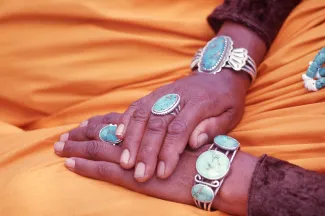
© Rebecca J Becker - iStock-1251580456
Gomez, whose friend Melissa Ann Montoya (Jicarilla Apache) has been missing since 2001, called for legislation similar to California’s Feather Alert, which police are meant to use to notify the public of suspicious disappearances of Indigenous people. There’s also a need for more legal advocates, Gomez said, to help families navigate the criminal justice system.
Two task force members addressed some of those concerns.
Bernadine Beyale (Diné), founder of the nonprofit 4Corners K-9 Search and Rescue, spoke about helping search for Julius Largo (Diné), who was last seen walking near Morgan Lake outside of Farmington on Nov. 25, according to the Navajo Police Department.
“His sister is so overwhelmed that she called me over the weekend at midnight, just stressed out, needed someone to talk to,” Beyale said. “Are there advocates for these families that’s willing to be available 24/7 to talk to them? Because I get phone calls in the middle of the night from families just not knowing what to do, where to go.”
After public comment, Padilla said the rest of the meeting would be closed. The agenda includes a presentation on last month’s tribal consultation on violence against women and discussion of “interactions with public and media.”
It’s unclear if the task force will continue to meet privately.
Missing and Murdered Indigenous Peoples Task Force accepting nominations
The group is accepting nominations for additional members until noon on Wednesday, Dec. 11, Padilla said. The open seats are:
Indigenous survivors of violence or family members of an indigenous relative who has been a victim of violence; members of the lesbian, gay, bisexual, transgender, questioning and two-spirit plus community; and indigenous youthPeople with experience working as a tribal prosecutor, a tribal criminal investigator, a tribal emergency dispatcher, a tribal police chief or a tribal social worker or program director
Nominations can be submitted using the task force’s “contact us” form or to Assistant Attorney General Michael Kiehne at 505-627-3487.
Source New Mexico is part of States Newsroom, a nonprofit news network supported by grants and a coalition of donors as a 501c(3) public charity. Source New Mexico maintains editorial independence. Contact Editor Shaun Griswold for questions: info@sourcenm.com. Follow Source New Mexico on Facebook and X.

